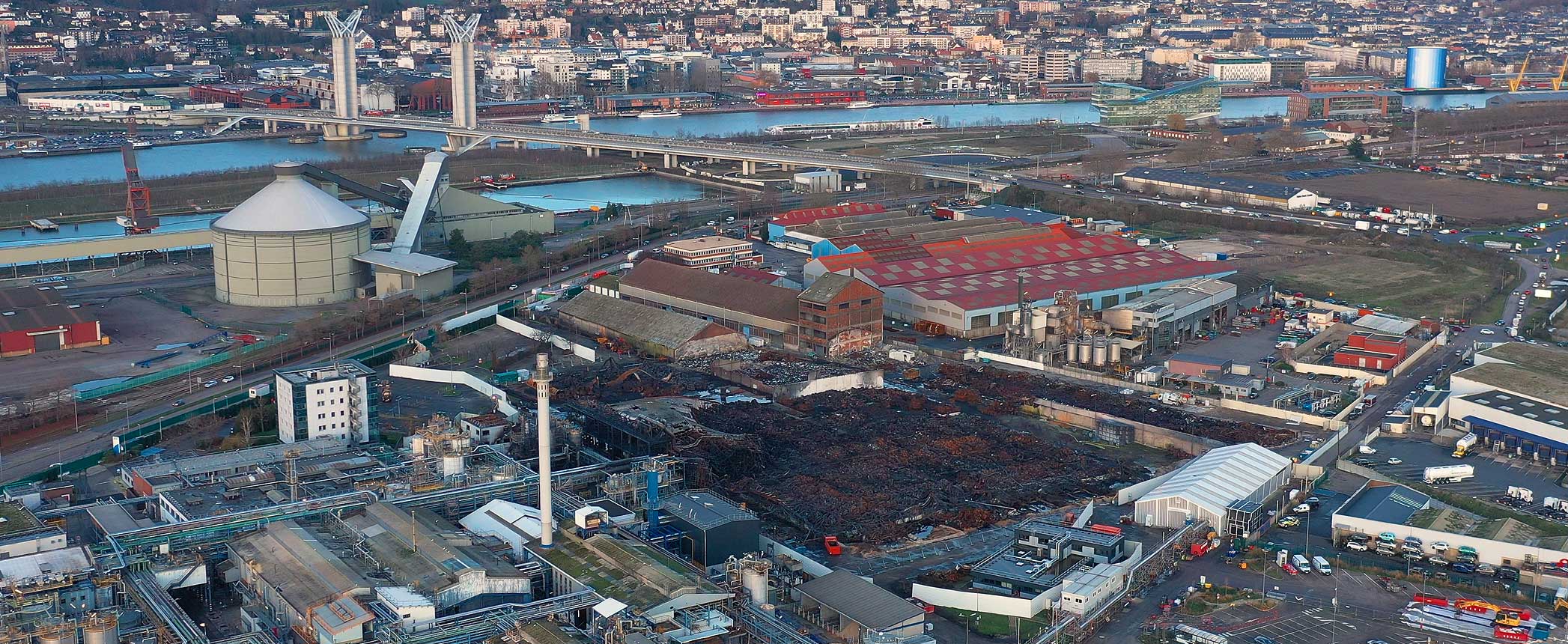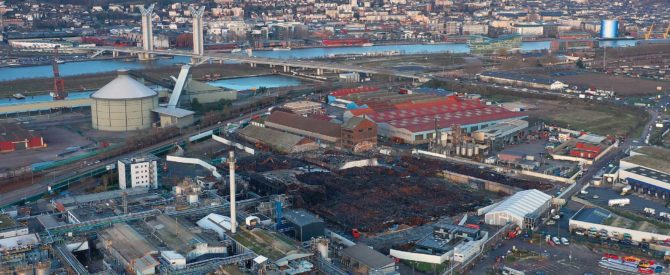
Months after fire swept through parts of a local Lubrizol factory, citizens in the northern France town of Rouen are complaining of strong odors still whiffing around, an issue the company said it is taking a variety of actions to combat.
The Lubrizol Disaster Association wrote a letter to the Seine-Maritime prefect on April 14, complaining about powerful smells blanketing the region while the country is under orders to remain inside due to Covid-19. “This is not acceptable,” reads the letter, a copy of which was obtained by Lube Report. “The inhabitants must remain confined and can no longer even open the windows because of the smell. We expect more firmness from [the government]. This company must create a dome to confine odors once and for all.”
Meanwhile, in Petit-Quevilly, a suburb of Rouen, citizens asked the city council to visit the Lubrizol facility to “find out what is going on there” and curtail production, according to a separate letter sent to the council. “Moreover, in this period of confinement, the issue is not to suspend work and odors for a few hours or only on weekends. Should we rely only on the weather to escape the inconveniences of Lubrizol? We call for an end to Lubrizol’s non-essential production activity and [completion of] the clean-up of the site and the Normandy logistics clean-up without further delay.”
Last week, the air monitoring association AMTO Normandie issued a statement explaining that recent weather patterns aren’t ideal for dispersing the odor. It reported that a temperature inversion phenomena is currently occurring that prevents polluted air from rising. That, coupled with a lack of wind, stops the proper dilution of pollutants by holding them in the lower atmosphere. A meteorologist with the National Weather Service in Blacksburg, Virginia, explained this is common in heavily populated areas, noting that the phenomena is known as anti-cyclonic.
Lubrizol said it is committed to minimizing odors associated with its clean-up efforts at the site. “We have taken and will continue to take a variety of actions to minimize associated odors in the region,” said a company spokeswoman, adding the company is using neutralizers; treating drums inside a confined, depressurized tent; sending emptied drums offsite to a specialized waste treatment facility; installing an insulating film to cover areas of rubble; and deploying a trained olfactory cell that monitors odors across the region multiple times per day.
She said reports from these teams, as well as external groups, including ATMO Normandie, show a continued decline in measured odors, none of which are harmful.
“Of course, odors not associated with Lubrizol from other origins are also present. As an example, the ODO website mentioned in the article reported odor peaks on days when we were not doing any cleansing work at the site,” the spokeswoman said. “Monitoring and suppressing odors will continue to be a priority for Lubrizol teams in Rouen.”
Lubrizol has operated the Rouen facility for more than 60 years, and it is a Seveso site. The European Union’s Seveso-III-Directive aims to prevent major accidents involving dangerous substances and to limit consequences of such accidents for human health and the environment.
The fire occurred in late September and destroyed more than 5,200 tons of Lubrizol chemicals plus 4,250 tons at a neighboring warehouse owned by Normandie Logistique. In the aftermath, crops worth an estimated €40 million to €50 million were destroyed out of safety precautions, according to the French government.
In 2013, the site leaked mercaptans from decaying zinc dialkyldithoisphospate, also known as ZDDP. The mercaptan smell of cabbage or spoiled eggs blew as far as Paris and across the English Channel into southern England. The plant was reopened after a month.

Lubrizol’s Rouen, France, facility in the aftermath of a September fire.